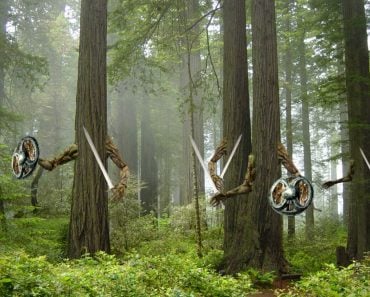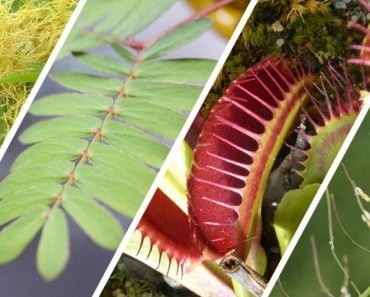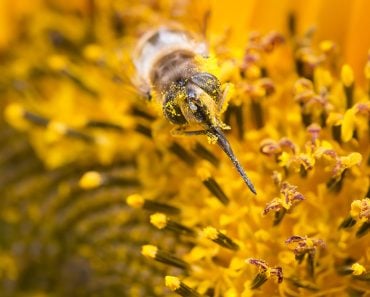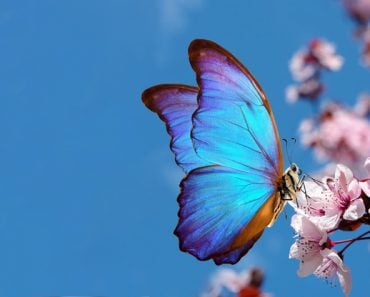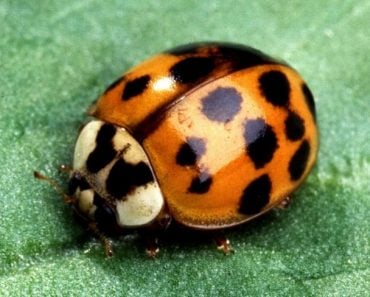Table of Contents (click to expand)
Insectivorous plants trap insects and other smaller animals to derive nutrition for themselves. The mechanism of capturing their prey differs among species, with some using rapid movements and others using slow movements.
Insectivorous plants, also known as carnivorous plants, have been a marvel for both scientists and common people for eons. Charles Darwin even went to the extent of calling one of the common insectivorous plants, the Venus Flytrap, “one of the most wonderful plants in the world.”
But what makes them a subject of so much intrigue is their mechanisms, a few of which will be discussed in this article!
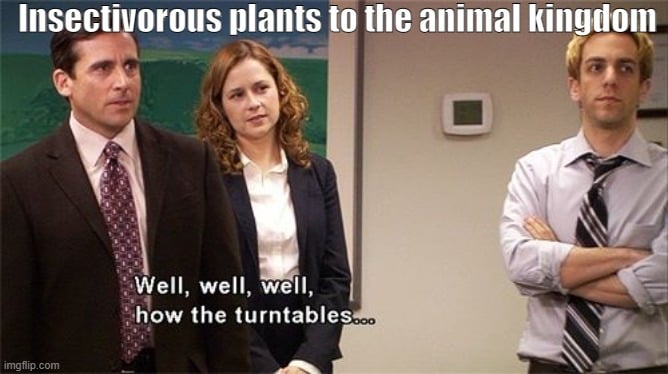
Recommended Video for you:
The Pitcher Plant: Nepenthes
The Structure
As the name suggests, this plant is in the shape of a cylindrical vase or container. The body of the pitcher plant (basically, the pitcher) is a modification of the leaf lamina. Like other containers, it also has a lid to cover the opening. The apex of the leaf modifies itself to form the lid of the plant.
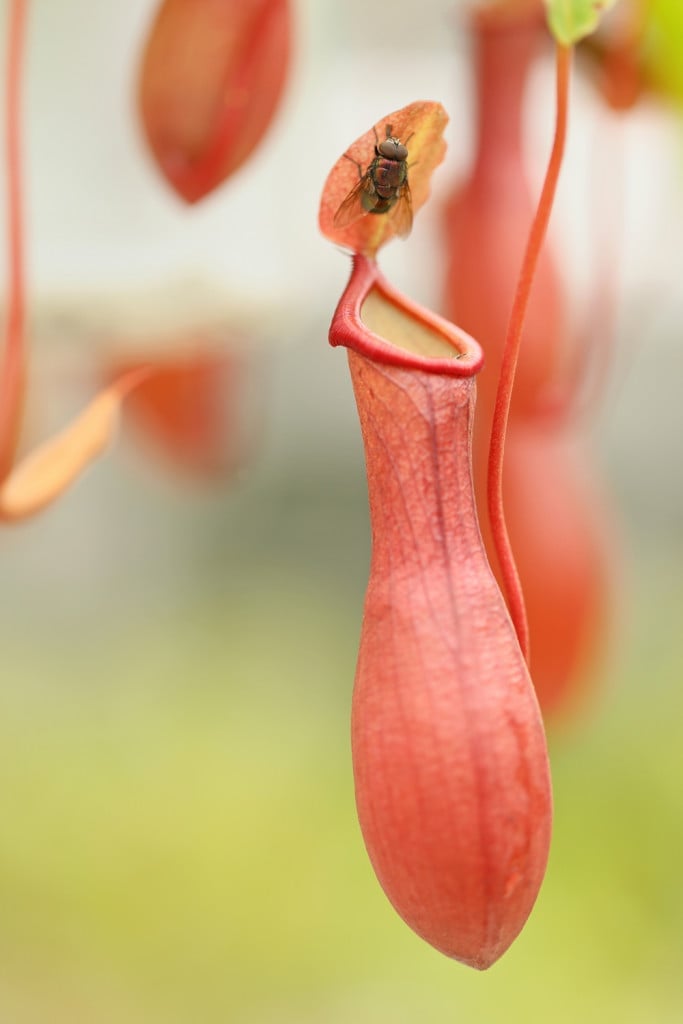
The Mechanism
In most pitcher plants, the rim of the pitcher plant has a lot of ridges and nectar-producing tissues. This nectar is specialized to be slippery in texture. Now, when the insect lands on the rim of the pitcher, it gradually slips into the body of the pitcher. The hair on the lid of the pitcher and its body’s inner surface point downwards, causing the insect to slip
However, there’s one pitcher plant whose mechanism I find particularly interesting and worth discussing. The name of our hero is Nepenthes gracilis. The capture of prey here comes from a rapid mechanism in the pitcher plant. The nectar is present on the outside surface of the plant, as well as on its lip (called peristome). It is also present on the underside of the lid. The nectar’s function is to attract insects and serve as an anti-friction coating, letting the insect slip further inside the pitcher.
What makes the mechanism interesting is that it is externally driven, meaning it does not require the expenditure of the metabolic energy by the plant. It is a middle ground between a rapid and a passive mechanism. The insect, in search of nectar, lands on the plant, and tries to extract nectar from the underside of the lid by walking upside down. The lid then acts as a catapult, throwing insects into the cavity of the pitcher.
This catapult-like action of the lid takes place due to an unexpected external force: a raindrop. Yes! Because pitcher plants are found in regions with incessant rainfall, one raindrop falling on the lid of the plant isn’t that big of a deal. Plus, the plant saves on the expenditure of its metabolic energy! What more would it want?
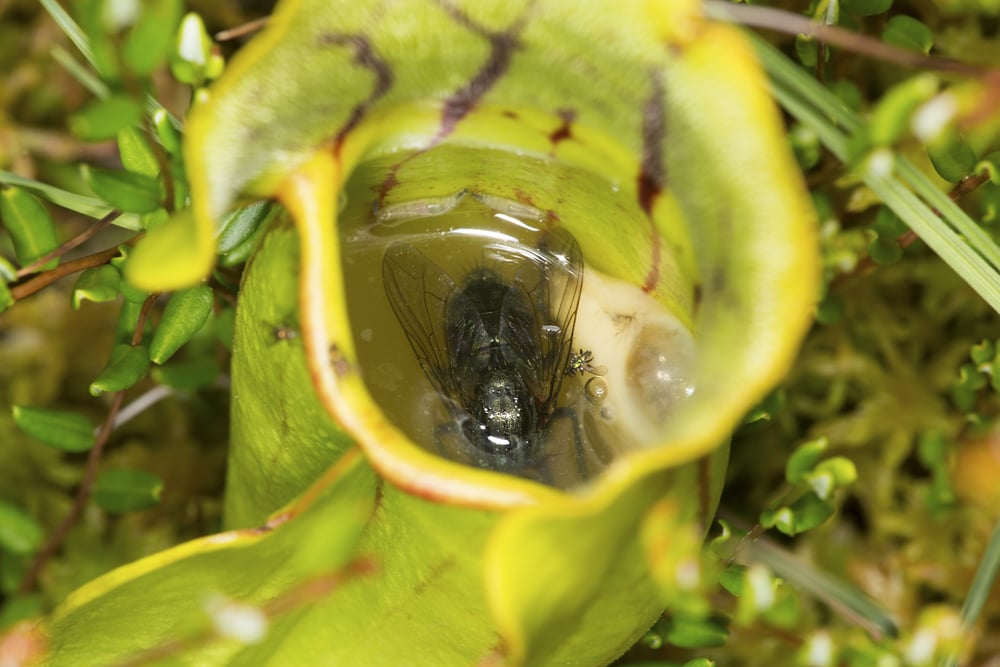
The inner surface of the pitcher has anti-adhesive wax crystals and is covered by downward-facing hair. These two, together, prevent the prey from escaping once it has fallen inside. The base of the pitcher is filled with fluid containing enzymes that digest the insect and absorb the nutrients!
The Bladderwort: Utricularia
The Structure
The Utricularia genus is primarily aquatic, and therefore commonly found in inland lakes, streams and rivers, although, some terrestrial forms also exist.
The plant possesses ‘bladders’ or small, hollow pouches that are present on the horizontal stems (hence the common name). These small pouches help trap the insects or their larvae.
The Mechanism
The trapping mechanism of the Utricularia is the fastest in all of the plant kingdom. The mechanism here is all about rapid action. The bladders of the bladderwort are as tiny as a millimeter, but have a door-like structure at the opening.
The door-like opening has a few (usually four) hair-like structures called trichomes attached to it. When any disturbance due to a nearby insect or protozoan is felt by these trichomes, the door of the tiny bladder opens up. According to Boyle’s Law, when the volume of a body increases, its pressure must decrease. The opening of the bladder increases the volume, and thus decreases the pressure.
This decrease in pressure causes a suction force to develop. The prey, being in the immediate environment, is sucked inside the bladder, along with water. This happens in less than a millisecond. Inside the tiny pouch or bladder, the insect is feasted upon by the digestive enzymes and is thus assimilated.
Seems like biology and physics decided to function in synchrony with this one to help bladderworts get a fair share of nutrients!
The Sundew Plant: Drosera
The Structure
This plant has spike-like outgrowths called tentacles emanating from its leaves. At the end of the spikes is an almost spherical drop of fluid secreted by the plant.
This structure has many of these spikes protruding out and holding a drop of the fluid at their ends. To give you a better idea, it looks like the tips of the combs used for a baby. These drops of fluid shine or glisten under sunlight, giving the same effect as dewdrops, hence the name ‘Sundew’.
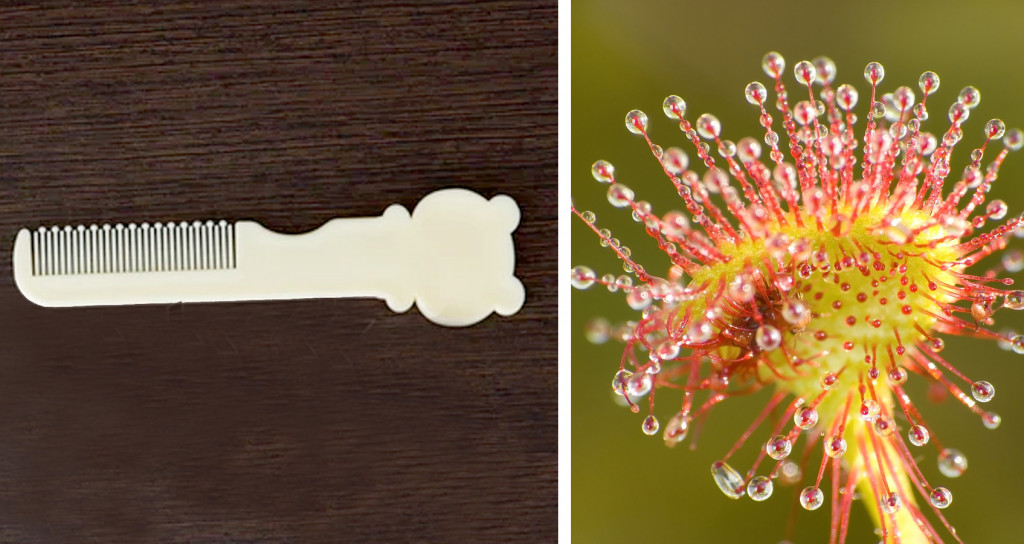
The Mechanism
These plants are passive hunters—a slow, but nonetheless effective strategy.
Sundew plants, under the sunlight, glisten and look incredibly attractive with spikes of red or any other bright color. When an insect see this, it becomes prey to the plant. The insect alights onto these ‘dew drops’ to taste the fluid, which it assumes to be nectar.
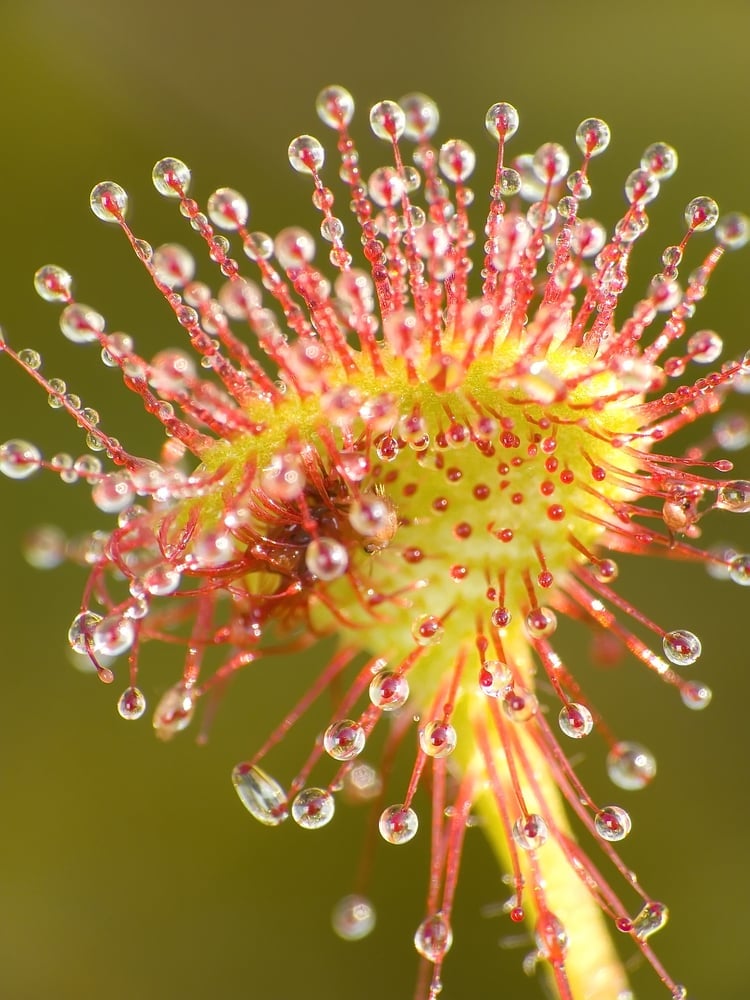
The fluid, however, isn’t any normal shiny fluid. The sticky gland, at the tip of the tentacles produces this fluid, which has strong adhesive properties. The insects get stuck to the tips of the tentacles. The tentacles then curl and wind around the body of the insect, making it impossible for the insect to escape. Thus, the unlucky prey is suffocated and killed by these beautiful appendages of the leaf.
To conclude, insectivorous plants are a marvel to look at and even more interesting to watch when they are capturing prey. It’s even more amazing to know how their genetic development occurred… You can continue reading about it here!
References (click to expand)
- Bauer, U., Paulin, M., Robert, D., & Sutton, G. P. (2015, October 5). Mechanism for rapid passive-dynamic prey capture in a pitcher plant. Proceedings of the National Academy of Sciences. Proceedings of the National Academy of Sciences.
- Vincent, O., & Marmottant, P. (2011, November). Carnivorous Utricularia: The buckling scenario. Plant Signaling & Behavior. Informa UK Limited.
- Płachno, B. J., Świątek, P., Adamec, L., Carvalho, S., & Miranda, V. F. O. (2019, March 26). The Trap Architecture of Utricularia multifida and Utricularia westonii (subg. Polypompholyx). Frontiers in Plant Science. Frontiers Media SA.
- Sundews | National Wildlife Federation. The National Wildlife Federation
- Drosera - an overview | ScienceDirect Topics. ScienceDirect

